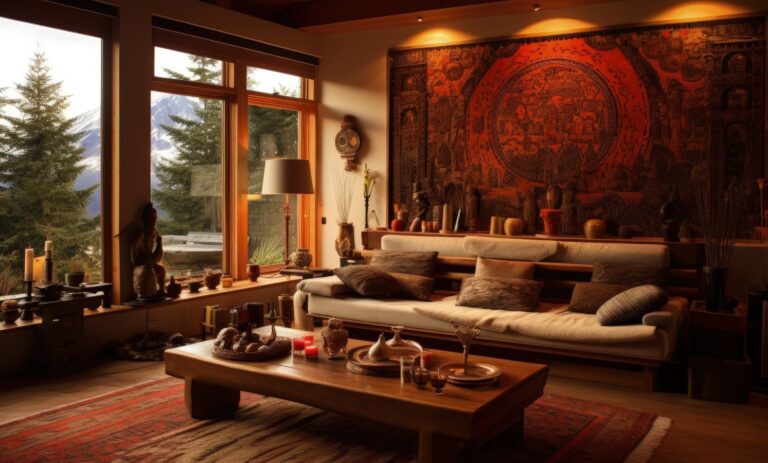The growing trend of design fusion has enabled interior decorators to design homes that are undeniably stylish yet deeply connected to India's rich heritage. The secret is to harmoniously blend timeless traditions with modern sophistication and bring the grandeur of Indian craftsmanship into the heart of the home.

In an interview with HT Lifestyle, Prachi D Jain, Principal Architect, House of Lines, said, “Imagine living spaces adorned with intricately embroidered kantha wall hangings that provide a modern counterpoint to the clean lines of minimalist furniture. Or bathrooms featuring handcrafted brass fixtures that reflect the artistry of Bidri work, set within a sleek, contemporary layout. This fusion is not just about aesthetics.”
The trick is to collaborate with skilled Indian artists to create custom curated pieces that celebrate India's craft traditions while meeting the needs of modern living. Says Prachi D. Jain, “These elements, along with sustainable materials and innovative design solutions, make these homes not only beautiful but also functional and environmentally conscious. Ultimately, the art of fusion allows us to design spaces that are more than just living areas; they become expressions of cultural heritage, infused with warmth, authenticity and a timeless sense of aesthetics. It is an exciting approach that allows us to tell a story through design, a story that celebrates the rich tapestry of Indian culture reimagined for the modern world.”
Share your expertise with Aakansha Sigh, Creative Director, Bridge Bharat, who says, “A home is more than just a place to live. A space transforms around the people who inhabit it, and this is very evident in the home. When we envision an Indian home, certain staples have become part of our collective subconscious. Bright colours and traditional handicrafts, once considered the default, have been pushed aside in the growing trend towards modernism and uniformity.”
She says, “This is a place where we can take inspiration from cultural practices from across the Indian subcontinent that don't just beautify a home, but tell a story. Imagine, for example, a modern apartment with clean lines accented with vibrant Warli paintings depicting vibrant harvest scenes, completely foreign to India's urban working class yet undeniably part of our DNA. Or a Madhubani artwork bursting with intricate floral motifs might break through a drab wall and adorn a minimalist living room. This is more than just an aesthetic trend, it's a powerful way to keep history alive in our homes and connect with a past that feels increasingly distant. Owning and appreciating these pieces of art is more than just décor; it fosters respect for the craftsmanship and traditions associated with each tribe.”


